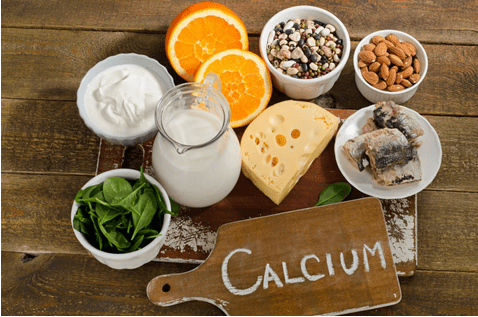
Common wisdom says that if your child drinks milk and plays outside, they are getting enough vitamin D, right? Surprisingly, that may not be the case.
Studies show that many children aren’t getting enough of this essential vitamin, which plays a key role in helping them grow strong and healthy. Because of lifestyle changes and sunscreen use, about 42% of Americans are deficient in vitamin D. Among children between 1 to 11 years old, an estimated 15% have vitamin D deficiency. And researchers have found that 17% of adolescents and 32% of young adults were deficient in vitamin D.
Why do kids need vitamin D?
Vitamin D supports bone health. It ensures the body absorbs and retains enough calcium and phosphorus, both critical for building strong bones and preventing rickets. Rickets is a bone-softening disease that can affect growing children, especially in the first two years of life. Vitamin D deficiency also increases the risk of broken bones in older children, teens, and adults.
Vitamin D also plays a role in the immune system response and has been linked with mental health. Research suggests that people with vitamin D deficiency may be at increased risk for depression.
When does my child need vitamin D? And how much?
All children need vitamin D beginning shortly after birth. The American Academy of Pediatrics (AAP) currently recommends that:
- Babies younger than 12 months old need 400 IU of vitamin D each day.
- Toddlers, older children, and adolescents need 600 IU of vitamin D each day.
With growing evidence showing the life-long health benefits of vitamin D, the AAP raised its recommended daily requirement for children need in 2008.
Vitamin D supplements
Vitamin D supplements are important because most children will not get enough of this vitamin through diet alone.
Breastfed infants should get an adequate supply of vitamin D through a supplement of 400 IU per day. For formula-fed babies, the requirements are the same. Unless the child is drinking 32 ounces of infant formula per day, a vitamin D supplement is required. If a child or a teenager is not consuming enough vitamin D in his or her diet, a supplement may be needed.
When it comes to giving your child a vitamin D supplement, there are several liquid forms for infants. Chewable vitamins are generally regarded as safe for children over the age of three who can chew hard foods and candy.
For breast or bottle-fed babies: Liquid supplements are the best option. There are liquid preparations that give the recommended intake of 400 IU in ½ or 1 mL. There are also liquid drop solutions available that provide one drop that equals 400 IU per day.
As with all medications and supplements, vitamin D supplements should be kept out of a child’s reach.
Getting vitamin D naturally
In addition to vitamin supplements, enriched foods are another way to increase the vitamin D in your child’s diet. Look for foods fortified with vitamin D such as milk, cereal, orange juice, yogurt, and margarine. Vitamin D is found naturally in only a few foods. See natural sources listed in the chart below.
| Natural Sources of Vitamin D | ||
| Food | Serving Size | Vitamin Da (IU) |
| Salmon Fresh wildFresh farmed | 3.5 oz. 3.5 oz. | 600-1000 100-250 |
| Sardines, canned | 3.5 oz. | 300 |
| Tuna, canned | 3.5 oz. | 236 |
| Mackerel, canned | 3.5 oz. | 250 |
| Shitake mushroomFreshCanned | 3.5 oz. 3.5 oz. | 100 1600 |
| Egg, hard-boiled | 3.5 oz. | 20 |
Quick tips: the ABCs of vitamin D
How to make sure your child is getting enough vitamin D
- Breastfed and partially breastfed infants should be supplemented with 400 IU a day of vitamin D beginning in the first few days of life.
- All non-breastfed infants, as well as older children, who are consuming less than 32 ounces per day of vitamin D-fortified formula or milk, should receive a vitamin D supplement of 400 IU a day.
- Adolescents who do not get 600 IU of vitamin D per day through foods should receive a supplement containing that amount.
- Children with an increased risk of vitamin D deficiency, such as those taking certain medications and with chronic diseases such as cystic fibrosis, may need higher doses of vitamin D. Consult your pediatrician.



